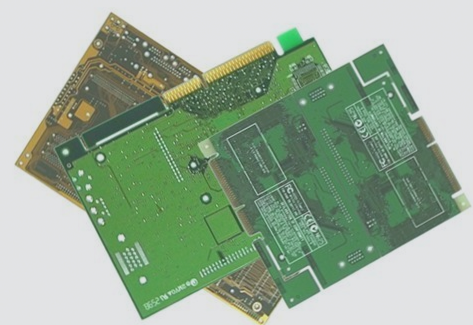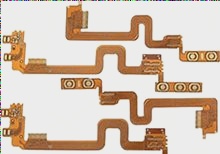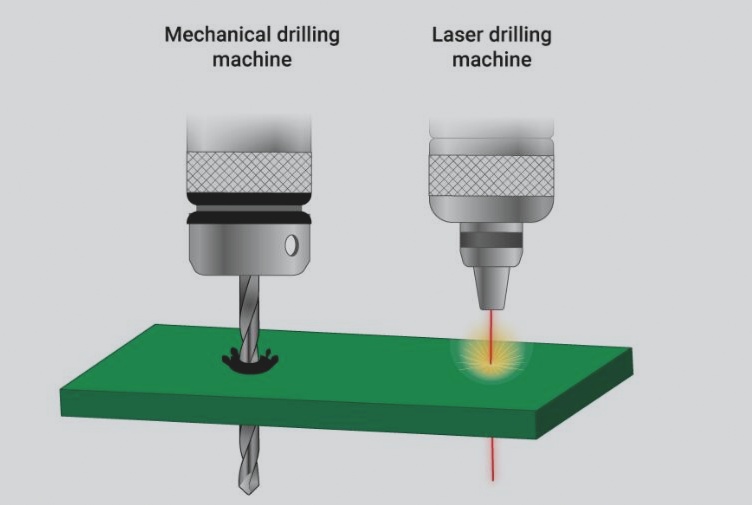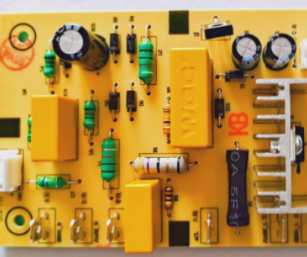Network Transformer Selection and PCB Design for Lightning Protection Circuits
Protecting network ports from lightning strikes is crucial for ensuring the reliability and longevity of network equipment. There are two main strategies for safeguarding network ports from lightning-induced damage.
- Directing Lightning Current: By redirecting the lightning current to discharge high voltage before it reaches the network transformer, the impact on the transformer can be minimized, reducing the risk of common-mode overvoltage.
- Utilizing Insulation Withstand Voltage: Another approach involves leveraging the insulation withstand voltage of the network transformer through careful device selection and PCB design, effectively isolating high voltage on the primary side to achieve protection and isolation.
Key considerations for selecting network transformers, network port devices, and designing PCBs for lightning protection circuits include:
- Ensure the transformer has an AC insulation withstand voltage of at least AC 1500V between the primary and secondary sides for common-mode isolation.
- Prefer RJ45 connectors without indicator lights or use light guide technology to direct indicator lights away from high-voltage signal lines and sensitive circuitry.
- Position the current-limiting resistor of the indicator light control circuit near the control chip to prevent overvoltage impact.
- Adhere to differential line routing rules for Ethernet signal lines to ensure impedance matching.
- Implement a Bob-Smith circuit with specific component requirements for the network transformer’s front stage.
- Use separate Bob-Smith circuits for each network transformer and Ethernet interface.
- Separate high-voltage and low-voltage lines on different layers for PCBs with more than 6 layers and maintain sufficient spacing between signal lines to prevent unintentional discharge paths.
Effective isolation between high-voltage and low-voltage areas necessitates meticulous PCB layout design, considering factors such as connector pins, wiring, vias, resistor pads, and capacitor pads. Different components exhibit varying voltage withstand capabilities, with ground screw capacitance and resistor pads typically offering the highest protection due to their exposed metal area.
By following these guidelines and implementing robust network transformer selection and PCB design practices, network ports can be effectively shielded from lightning-related risks, ensuring the smooth operation of network equipment.





